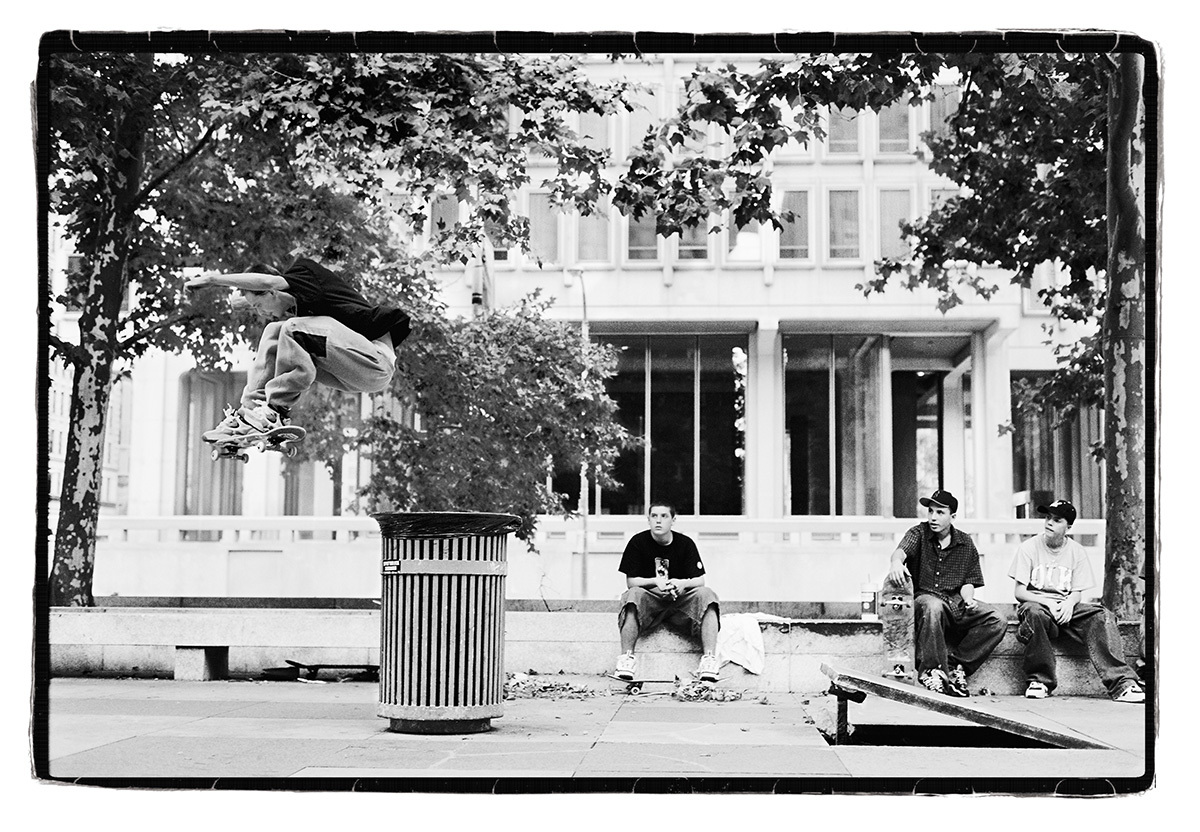Mike Blabac has taken some of the most iconic skate photographs of the past 20 years. From Danny Way’s backside 360 over the Great Wall of China to Josh Kalis’s Love Park tre flip over the can, his archive is a document of skate history. Whether it’s shots of the most famous skaters in the world, a shot of his daughter trying out his board, or simply just a push, Blabac hopes his images inspire kids (and adults) to rip them out of magazines, stick them on the wall,and most importantly, go out and skateboard. We caught up with the legendary photographer about all this and more when he stopped by London with Josh Kalis for the DC x Slam City Skates launch earlier this month.
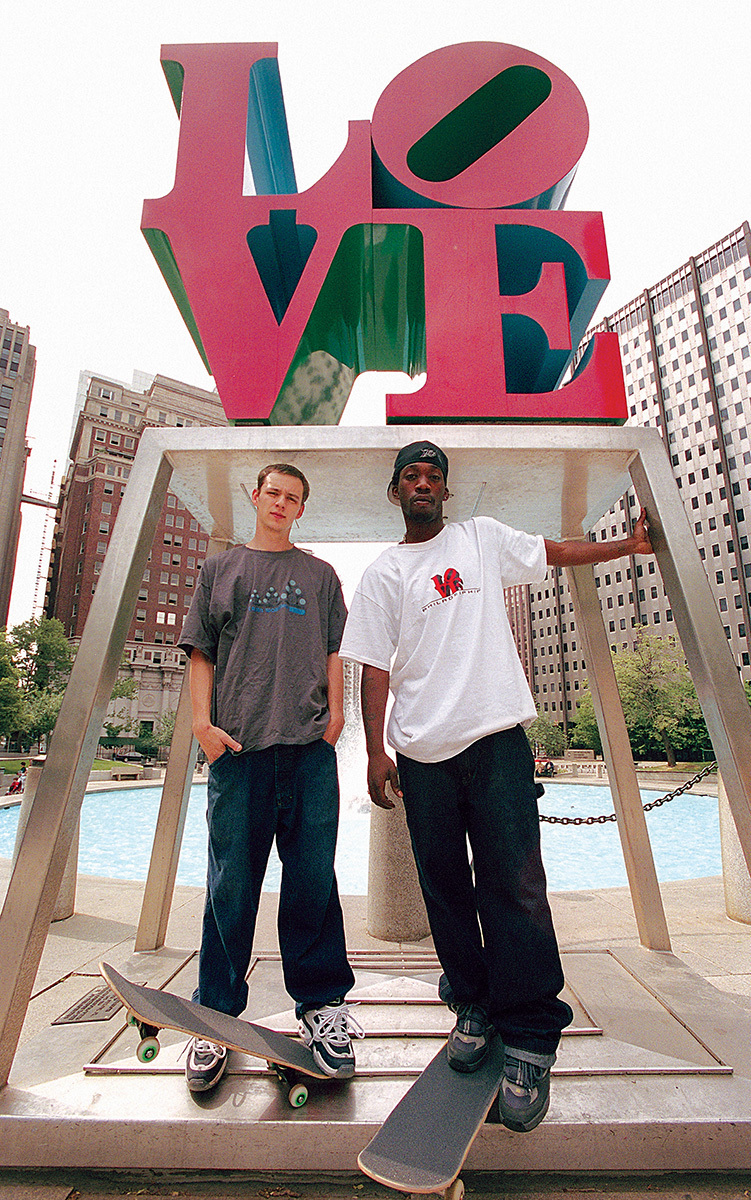
Would you call yourself a skate photographer?
I would but I just call myself a photographer now. I love skateboarding and that’s what I will always love. Nothing will have the same significance to me as those skateboarding shots. It’s something that people truly care about, just even this event, these are photos I shot more than 18 years ago and people are still like looking at them and sharing them. When I was a kid, I tore pictures out of magazines and stuck them on my wall, I stared at them and wanted to create the same types of images for other people to look at.
Which came first, skateboarding or photography?
Photography came first. I was always fascinated with cameras. I got my first camera at eight or nine and then had a darkroom at about ten. I would read photo magazines and Ansel Adams books, things like that. But then I moved to Michigan when I was 12 and discovered skateboarding. I then saw pictures from Spike Jonze and Grant Brittain in magazines, and I was hooked, not just on skateboarding, but skate photography because it was great. The angles, the exposures, the fish-eye lenses. It was like nothing I had ever seen in a traditional photography magazine or book.
So you had a darkroom and started out in the age of film photography. How was the transition to digital? I heard that when you were going to shoot the Danny Way jump at the Great Wall of China you were reluctant.
Haha, I was more than reluctant! I knew that some of the other stuff I shot of him would be looked back on for many years, so I wanted to shoot it in film. I fought it to the point at which they [DC Shoes] said they would send someone else. So I said, buy me a digital camera and we sort of settled it there. I reluctantly went with it, as I was realistic enough to know that’s where things were headed.
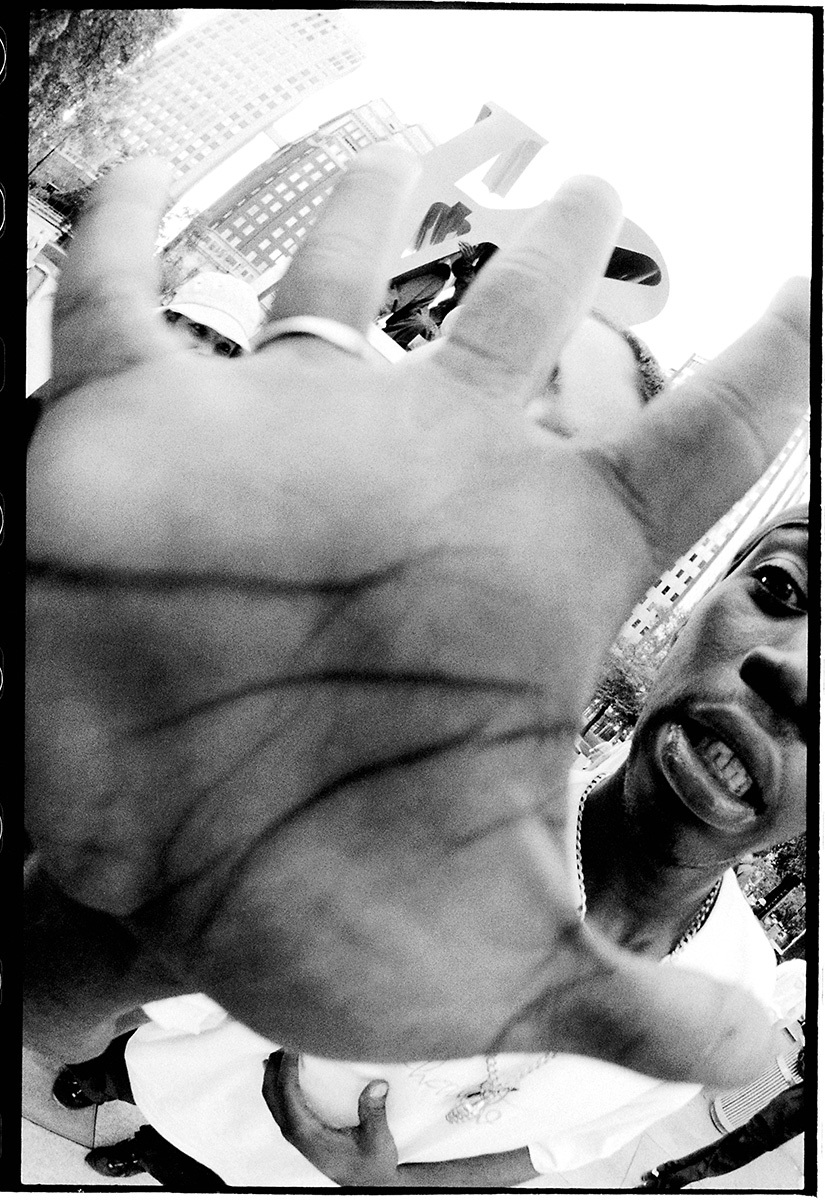
And then how did it feel for that image of Danny to become one of the most shared images?
It was amazing. I knew from the way his body was positioned to how he was in the air that it was the one. He only did it a couple of times because he was hurt. I had a car waiting for me, so I shot the photograph and got into the car, was taken to the press room, downloaded the image and it just went everywhere around the world. It was one of the most downloaded images on the entire planet. That would not have been possible if it had been film. It was really cool to see that and it’s what really opened my eyes to the future of photography.
Obviously from a skater’s perspective, there is a lot of pressure to land the trick and get the shot, but how does it feel from the photographer’s perspective in that moment? Like when Danny is about to jump for the second time and will be, likely, the final time someone jumps over the Great Wall on a skateboard…
You check what you are doing over and over again to make sure. I had already been a professional photographer for over ten years when I shot Danny do that. You have to be confident and know what you are doing. It’s not like I could march across that bridge and ask him to do it again with billions of people watching. He is one of the people that does things that you may not be able to re-do. When he was filming for the DC video, the mega ramp stuff, I felt that pressure then, because he was doing something no one had ever done on a skateboard before. He was putting his life at risk, I took that to heart being the only one there photographing. I knew I had to do a good job.
Do you feel a special bond with the skater during those big moments?
There is. I am really lucky to not only photograph those guys, but also be friends with them. I have known them for more than half my life. We used to skate together when we were in Michigan. It’s been a long journey.
So, how did it come about with DC in 1999?
I moved to Los Angeles because my son was being born and my wife’s family is from there. I started to work for Girl and Chocolate, and at the time a lot of the guys, Mike Carroll and Rick Howard, all those dudes, were on DC. I was naturally with them every day, so it progressed from there. One day Ken [Block] called me out of the blue and said, “You want to work for DC?” That was a dream of mine. DC was the first company to have double-page ads and everything in your face, it was just so different. It was a great opportunity, so of course I jumped at that.
Eighteen years. That’s a long time to be with a brand family. What’s kept you with DC?
It’s what I love doing. I’m sure if I went and did more commercial work, monetarily speaking it would be better for me. But I enjoy working with them. They have the best dudes on the team; I like what they do marketing-wise and it’s a fun thing for me. No matter what I do, I will always look back on this time positively. I want to keep doing it, it’s what I love.
What style of photo do you love to take?
Anything that makes you feel something. If it makes you stop and take notice, that is what I love the most. More often than not, that is an action image as people will be doing crazy stuff — it’s hard to not stop and look at someone jumping over the Great Wall of China or tre flipping a can at Love. I love seeing people’s reactions to photographs so I love creating that. I also love studying fashion photography, guys like Richard Avedon and Patrick Demarchelier. I have looked through Vogue as much as I did through Thrasher when I was a kid.
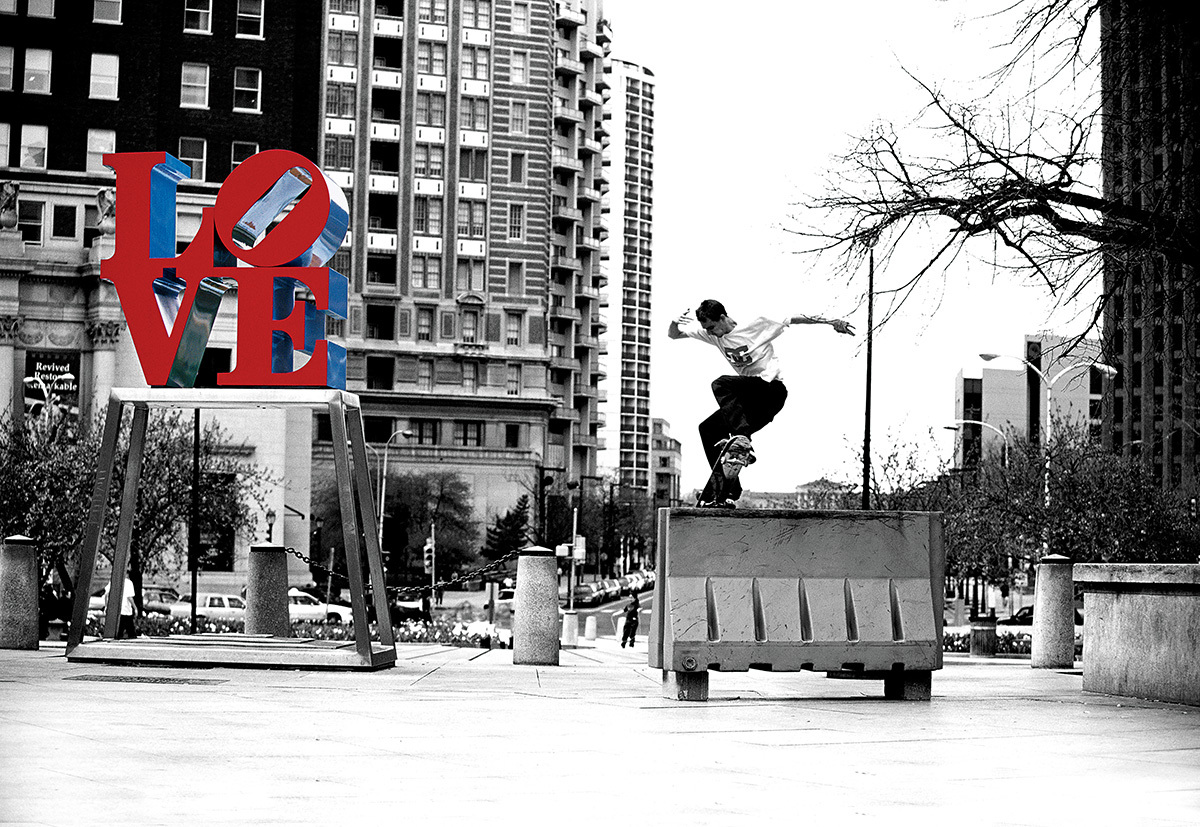
Did your influence and inspiration grow from fusing fashion and skate photography?
I think so. I love how extended and crazy some fashion photographs get or how beautifully done they are. It could be something really simple, but they are masters. This day and age, there are a lot of photographers who are just snapshot and very famous for that. But there are still guys like Patrick Demarchelier, who have influenced me, as well as sports photographers like Walter Iooss, who shot all the Jordan images from the 80s and 90s. I used to stare at his photo of Jordan dunking on the blue basketball court over and over as a kid, and pour over his book. So yes, that stuff has influenced how I capture skateboarding.
Speaking of there being beauty in simplicity, what’s the fascination in just a push shot?
It’s just an essence of skateboarding and everyone loves it. It’s what everyone can do. Not everyone can jump the Great Wall of China, not everyone can do the crazy things, but everyone can get on a skateboard and push. I have photos of 80-year-old ladies standing on skateboards — it’s just something you love to do and that’s why I love shooting it.
Your photos have been featured on covers, billboards, and beyond, but where is it most special for you to see your photos on display?
Billboards and buses are amazing, but for me to go to a newsstand and see a cover among all of the magazines, that is the best. Especially when I’m not expecting it or don’t know the magazine is out yet. That to me is very special. Recently I had a full-page photo of my daughter in a magazine and we were at the grocery store and I saw it. I showed it to her and she thought I had planted it there. She was eight at the time the photo was taken, and I was getting ready to shoot in Los Angeles. I was going to drop her off at her mom’s, but she grabbed my board and started cruising down the street, and I grabbed my camera and shot a few photos. I submitted it to the magazine and it ended up running as a full page. That was like me seeing a cover, it was so cool.
As for covers, do you remember the moment when you saw your first? And what was it?
It was Eric Koston 1998 nose blunting on the cover of the Transworld photo issue. I knew it was going to be a cover as it was a famous spot and Eric was obviously a very famous, prominent skateboarder. I had a 5 x 7 print as it was film and showed it to the guys at the magazine and that was it. I was so nervous about how it came out, I processed little bits of the film at a time to make sure it was processed properly because I shot it with super grainy print film and it was dark.
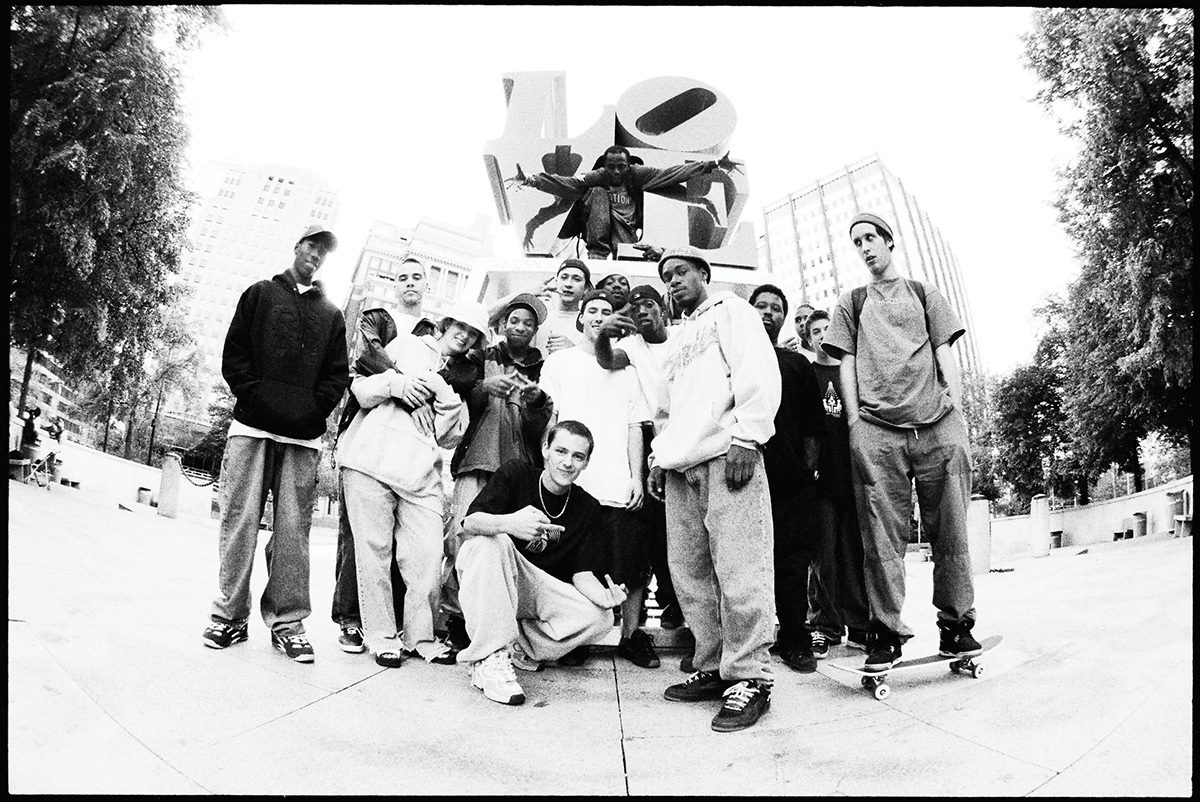
How does skateboarding being of mainstream interest affect your work?
It opens it up to people wanting to use the images more, but personally it doesn’t change the way I work or what I try to do. There are a lot more opportunities, like recently there was a National Geographic skateboarding book, which I’m not sure would exist if there had not been a lot of interest in skateboarding.
Do you feel you have a responsibility, through your photography, to keep skateboarding authentic or core?
I do it for myself and for the sake of skateboarding. I am not going to rest on my laurels. Creating something that inspires a kid to go skateboarding to me is amazing, that’s what photographs used to do for me as a kid.
So, yes, you do have responsibility.
I guess you are right.
In terms of skateboarding cropping up in so many different places, from Afghanistan to India, is there anywhere you’d like to go and photograph?
Yes! My friend Jamie Thomas just went to India and said it was insane. It was incredible to see the photos of little girls skating for the first time. Being able to create stuff like that would be so amazing. I’d love the opportunity to go somewhere so off the grid. I do get to travel and I’ve been to places I wouldn’t have expected to go but my camera has taken me. When I was younger I didn’t think about it much but now I can reflect. Even to come to London and come to an event like this. I realize how cool it is!
If you were referring to the good ol’ days, when would that be?
When I was living in San Francisco, from 94 to the late 90s. I moved there just to skateboard, and I fell into photography naturally. I didn’t go to school to learn it. I learned to shoot skateboarding with the pros in San Francisco. When it dawned on me that’s what I wanted to do as a living, I put my backpack on and just skated with my friends, cruised around the city and made a living. That’s how it went. Simple.
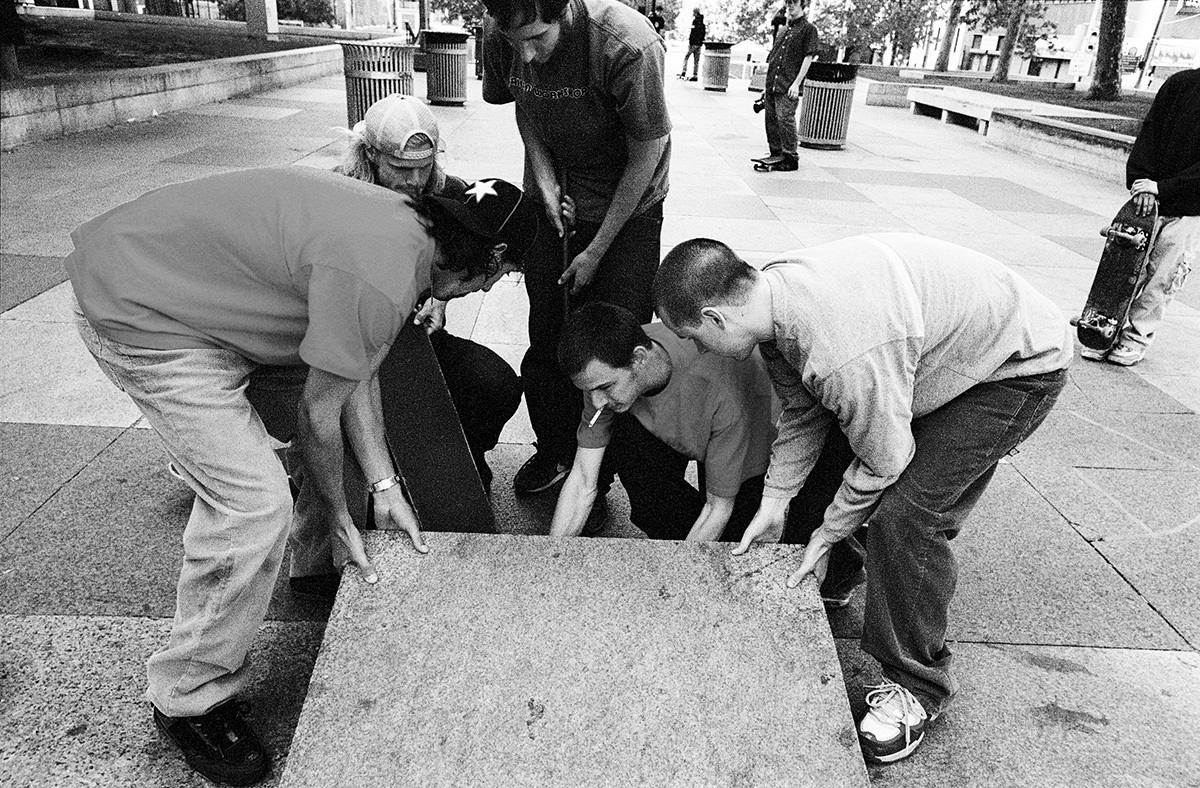
Was it when you started compiling your book, The Art of Skateboarding Photography, that you were able to reflect on all the times and iconic images?
Yes, I never reflected on what I had done and how much I had done until I started to pour through photos in 2009 to make my book. That was the first time I reflected on all I had done. I always like to move forward but when you work on a book you have to stop and dig through everything.
It’s very ironic that you like to look forward with your work but your shows and the book are very retrospective.
When I was a kid and moved to San Fran I wish that I had literally had a camera on my neck at all times, photographing everything. But as a kid you are in the moment and it’s an insignificant thing, but years later I wish I had photographed Tommy Guerrero and Jim Thiebaud, I used to skate the curbs with them. They would have been cool with it, but I didn’t because I was a skateboarder and was just with them. That’s the one regret I have — when I moved I was a skateboarder first. When I first started photography, I used to do enough to pay rent and buy beer. That was it. I used to dread going downtown with my camera, I just wanted to skate. But now I wish I had those photos!
So that’s what you’d tell your younger self?
Now I’ve learned from that and I photograph everything — it might have zero significance but photos are like baseball cards, you never know if they could be incredible to look at or worth nothing in 20 years’ time.
What’s next for you then?
Everyday is next. I have segwayed into doing commercial projects and I am really lucky to be able to do that. I don’t have an agent or rep, it’s all through my reputation from doing what I love. I love to do that sort of work then get in a van with all the dudes and go skating. For as long as I can, I want to do both. To continue to create images that inspire kids to go skateboarding, whether that’s now or in 20 years time.
Credits
Text Hannah Bailey
